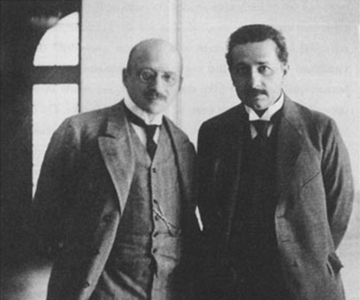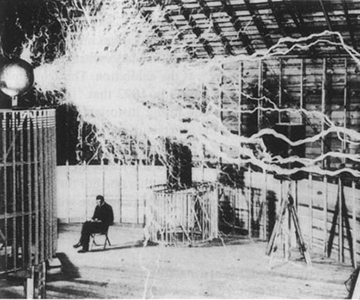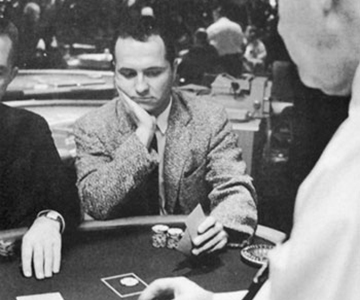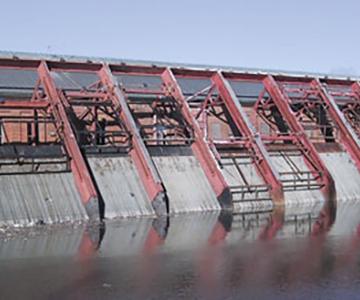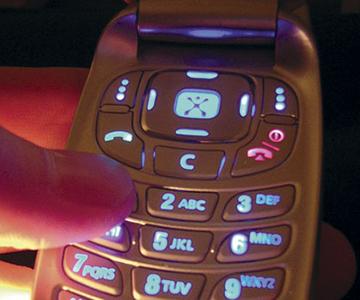Magazine
November-December 2005

November-December 2005
Volume: 93 Number: 6
A three-dimensional image, built of slices from a confocal laser-scanning microscope, shows the complex structure of a laboratory-grown biofilm of Escherichia coli bacteria, the cause of many human infections. The biofilm's microbial residents are knitted together by a slimy matrix that helps protect them from environmental stress—including antibiotic drugs. Scientists are beginning to appreciate that most microbes live within biofilms for at least part of their life cycle, and that an understanding of biofilms has important implications for industry, medicine and ecology. In "Biofilms," Joe J. Harrison, Raymond J. Turner, Lyriam L. R. Marques and Howard Ceri describe the remarkable properties and previously unsuspected significance of biofilms. Underlying the 3-D image is a two-dimensional reconstruction of a second biofilm of uropathogenic E. coli. (Images courtesy of Joe J. Harrison and EDM Studio.)
In This Issue
- Art
- Astronomy
- Biology
- Chemistry
- Communications
- Computer
- Economics
- Engineering
- Environment
- Ethics
- Evolution
- Mathematics
- Physics
- Psychology
- Sociology
- Technology
Imaging Earthlike Exoplanets
Thomas Sherrill
Astronomy Physics
Two space missions now under development aim to uncover sister worlds to our own
How Tunas and Lamnid Sharks Swim: An Evolutionary Convergence
Robert Edward Shadwick
Biology Evolution Physics
These fishes diverged millions of years ago, but selection pressures have brought them very similar biomechanical schemes for movement
Yawning
Robert R. Provine
Biology Evolution Psychology
The yawn is primal, unstoppable and contagious, revealing the evolutionary and neural basis of empathy and unconscious behavior
Ancient Wollemi Pines Resurgent
Stephen McLoughlin, Vivi Vajda
Biology Economics Evolution
Ten years after its discovery, a vanishingly rare tree from the Cretaceous Period is a scientific darling and may soon become a commercial success too
